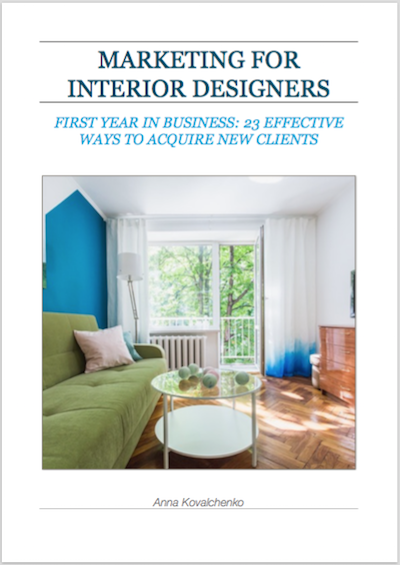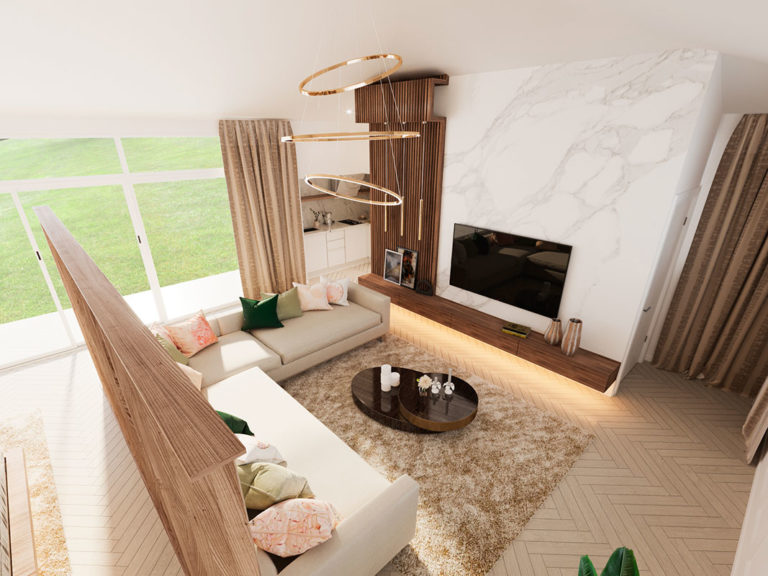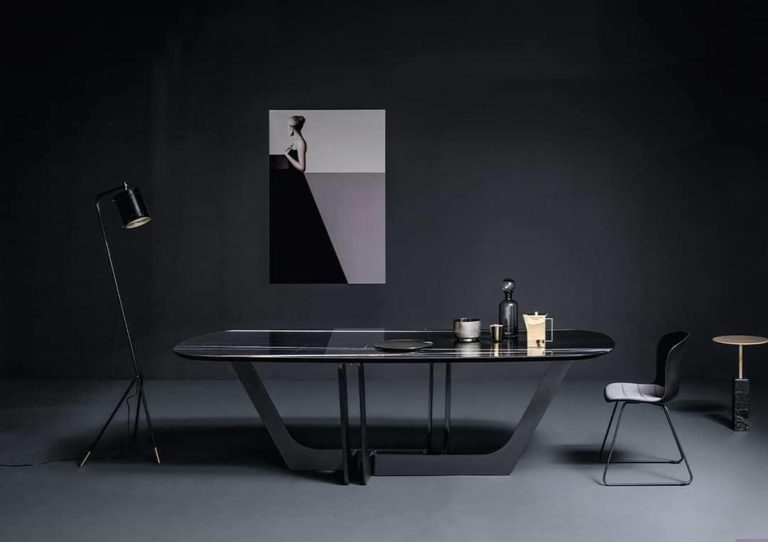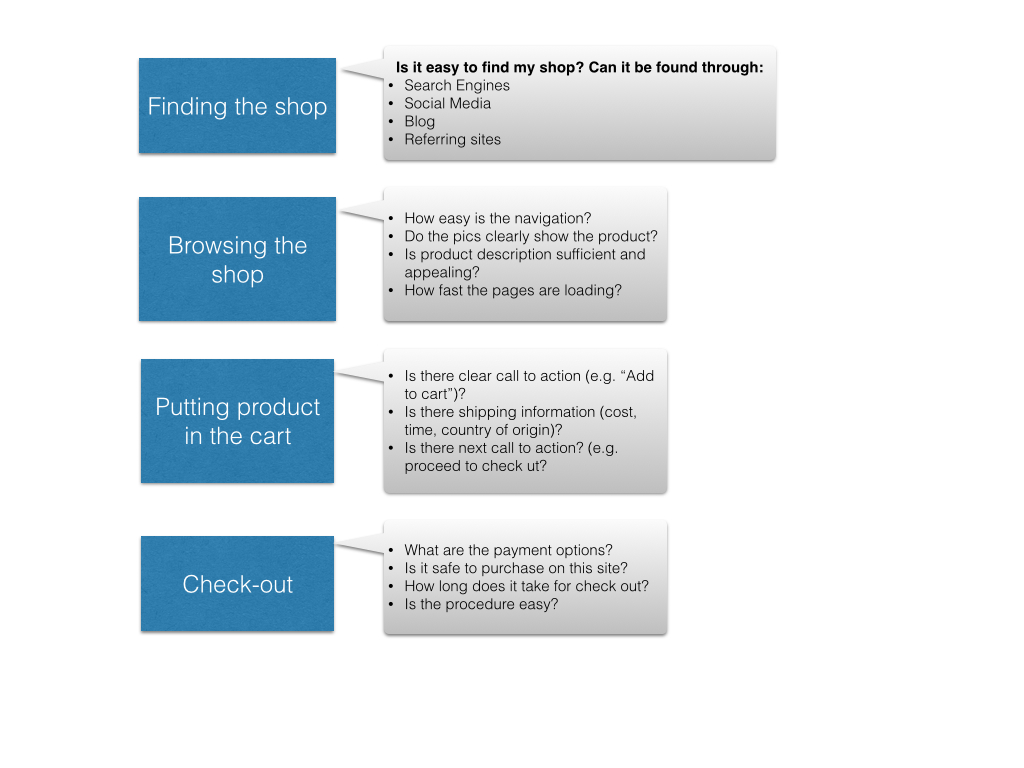Interior Design Business Tips: How To Handle Problem Clients
I remember when I was just starting as an interior designer, I was ready to work with everyone and almost on any conditions – just to get more projects for my portfolio. With experience and age, I understood that sometimes it is better to skip some projects to avoid that collaboration at some stage will become a nightmare. Today it is enough for me to talk 5 -10 minutes in person to understand whether I will be able to work with this client or no. The gut feeling never lies – so if you even can’t describe to yourself what is wrong, but have a certain feeling inside you telling that work with this person will be difficult, my first recommendation is to listen to it.
Most of the issues during work on a project are related to human factors – misunderstanding, inflated expectations, ego-centrism and unwillingness to hear each other. I remember that in the beginning I was so much upset when the clients were trying to make any changes in the suggested concept – I had a feeling that they are breaking the whole thing and don’t listen to “a professional”. Today I have learned to react positively to such “criticism” and instead feel open to any ideas or suggestions coming from the client – at the end of the day, I am creating a home for them, not for me!
However, as in any human relationship, issues in collaboration designer-client will always appear and today’s post is dedicated to the most common of them.
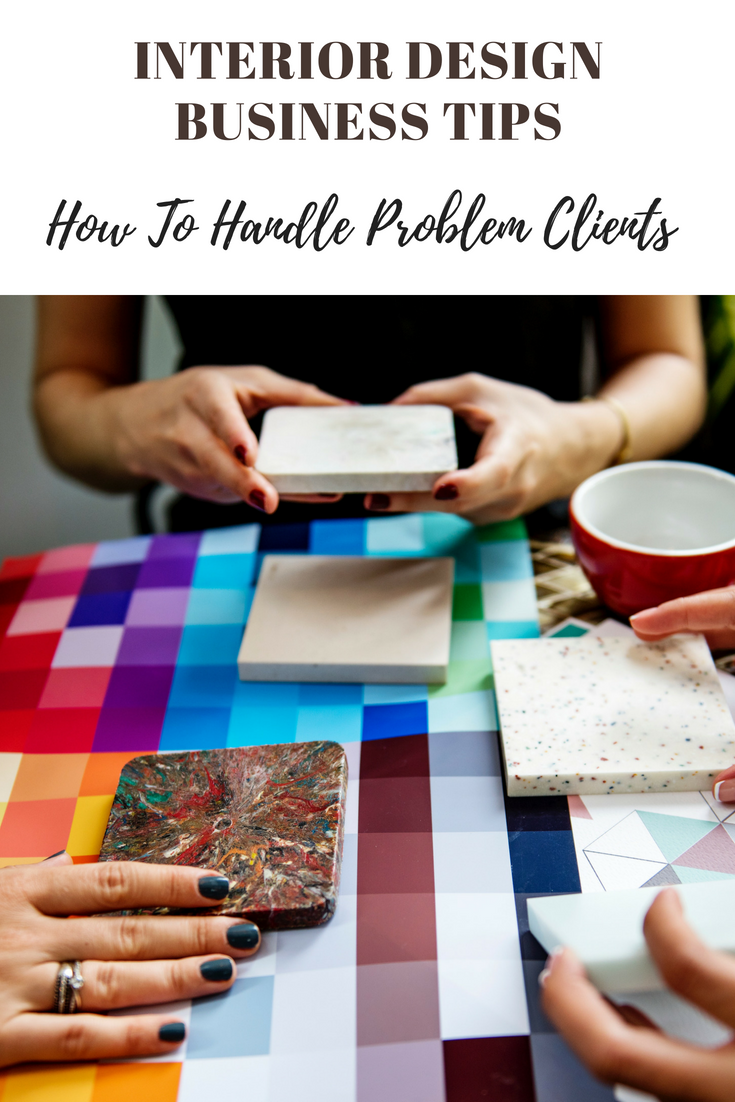
- Client “I am a designer myself”. Such customer knows everything himself and expects from the designer just to draw his ideas on paper and implement them. Any creativity or ideas from the designer are not welcome. You can’t say to such client that his ideas won’t work for some reason – your logic won’t be heard. As a result, you get a project that you won’t be able to include in your portfolio or show to anyone. Solution – if for some reason (for example, money) you decide to work with such client, don’t waste your energy in arguments. Try to develop his ideas further and make them feasible. Understand, at the early stage that with this project your own creativity should be left apart. Later on when you have sufficient flow of clients you will most likely prefer not to work with such customers and quit a project from the beginning.
- Lack of trust. When you come to a dentist, most likely you won’t question what kind of cavity filling he is going to put (unless you are dentist yourself). I don’t know why but in our business lack of trust in a designer happens all the time. Clients might ask you such questions as “Are you sure?”, “Have you done this before”, “Have you already worked with this manufacturer”, “Can you show examples”, etc. How to solve? First of all, try to understand the client as well – renovations are always costly, and the reasons for his doubts might not be personal but coming out of the fear to waste money. Be calm, confident, positive – most of the time if we are in doubt ourselves we easily transfer that feeling to the customer.
- The third problem is private space. In general, this problem is not only related to the interior design business but life in general. Some people just have no idea about it or don’t pay attention. Calls at midnight, weekends, vacation, etc. Some would just say – can I sit next to you while you draw/ think? How to solve? Describe precisely your schedule and way of work in your contract and never compromise – once you broke your principles it will be very difficult to return comfortable terms of work.
- Perception / imagination. Rarely, but it happens that customers do not perceive collages and/or visualizations. How to solve? During my work, I usually try to make different ways of visual presentations – Photoshop collages at the earlier stage, hand-drawn sketches, sample boards and photorealistic renderings later on. If you show one tile to a client, most likely he won’t be able to imagine it in scale. CAD usually allows solving it.
- Unrealistic terms. When a client says that he expects me to make a project within 2 weeks, and I understand that it is completely unrealistic I say this to him straight away. At the end of the day, sometimes it is better not to take such projects than to take and get under a huge stress at the end. In my contract, I tend to add a couple of weeks to my estimate “just in case” and to have a comfortable pace of work. Also, many people who never worked with designers simply don’t understand how long it takes. In that case, a detailed Gantt chart can clearly illustrate to your client what will happen when and this schedule will help you tremendously in your work as well.
- The next problem is when the decision is not made by the client only and he is constantly seeking advice from other people – parents, friends, his driver, a postman etc. This could be a real problem because moving forward in the project in this case will be almost impossible – decisions will be always changed or postponed to a later stage. How to solve? Again the contract should be your best friend – clearly specify how many days are given to the client for a decision making and also how many changes/ revisions are allowed. If it is a couple, understand for yourself who is usually taking decisions among them and try to communicate to this person with your proposals.
What are the most common issues did you have when worked with clients? Please share in the comments below!
Have you already read my interior design books? Check them out: